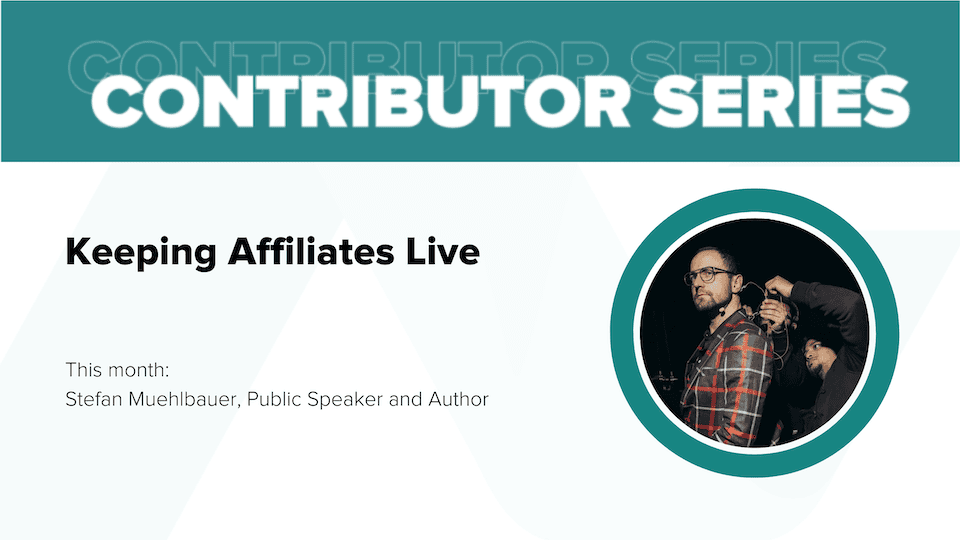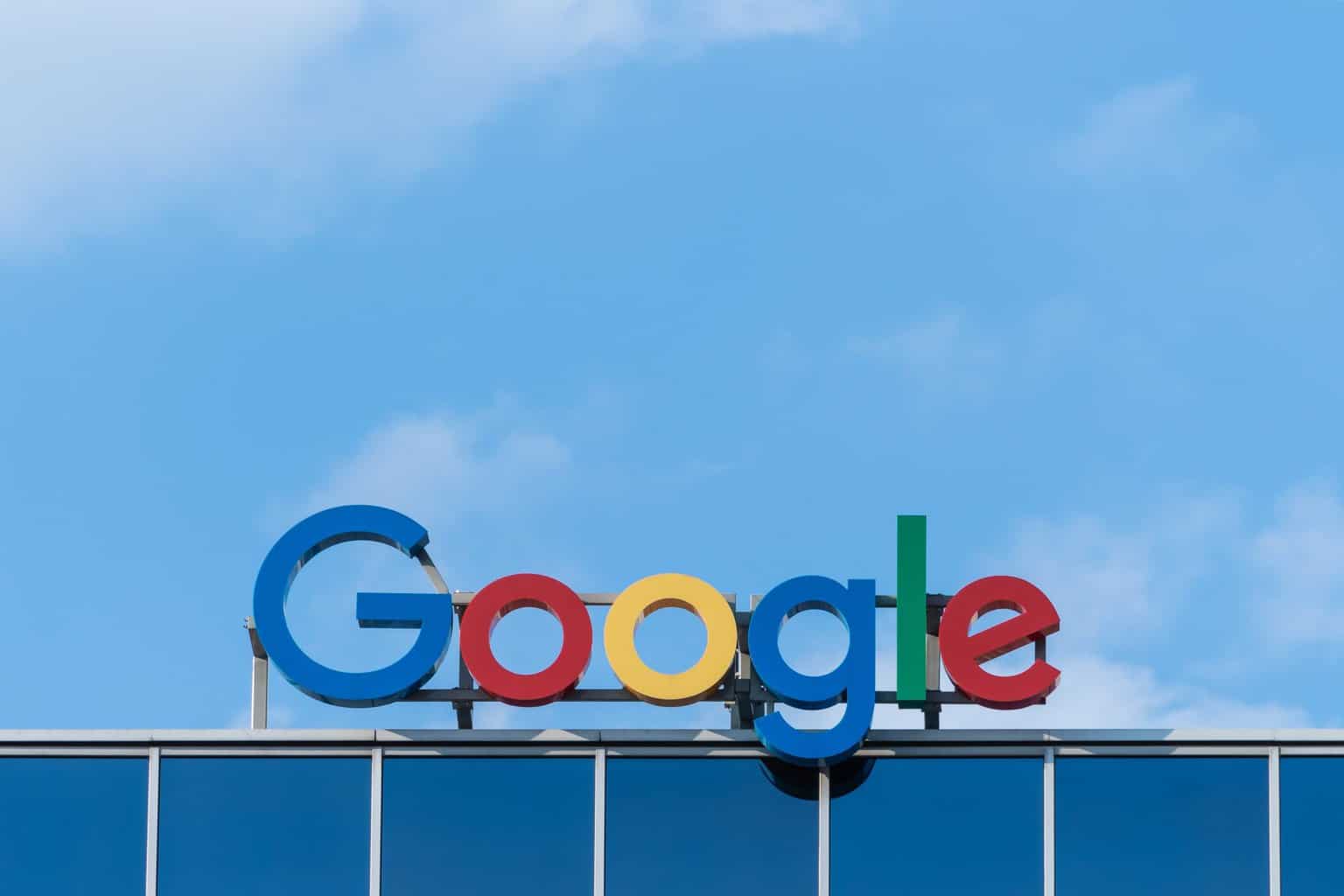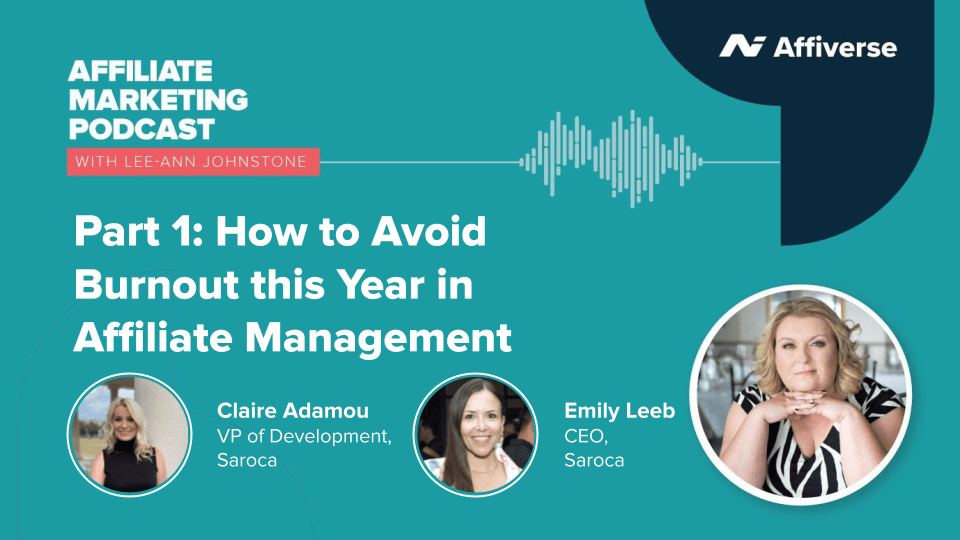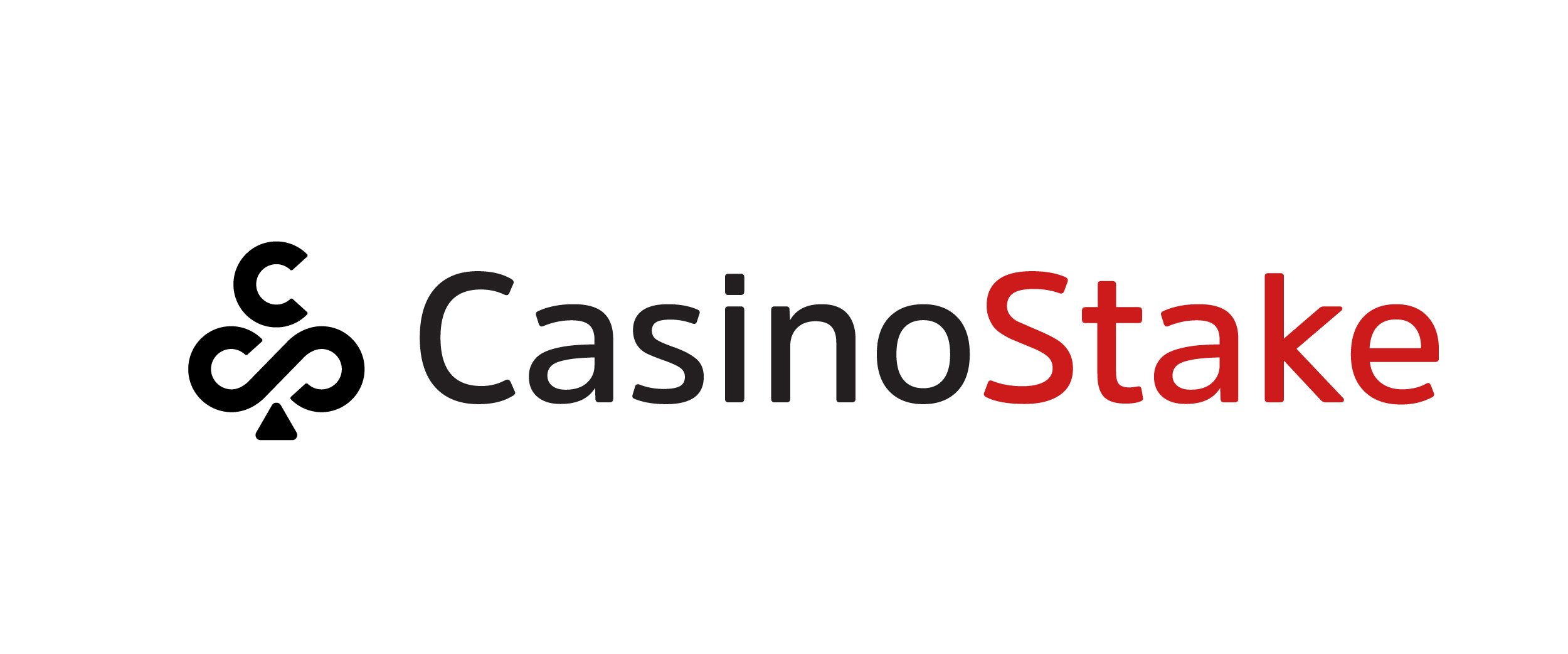We’re looking back at the past year in social media marketing to see what we’ve learned. We’re looking at the biggest stories and trends in social media in 2022, including NFTs, the Metaverse and the Twitter Takeover.
The Metaverse progression
The Metaverse chugs on, despite the memes. At the start of the year, we explored all the ways the Metaverse can aid marketing and all the opportunities that it could present.
And then the Meta marketing started.
Since its announcement in October, the little titbits of information we’ve been getting about the Metaverse have caused our hearts to sink. Meta is on a double-edged sword in this respect. They are in the middle of a modern-day space race to develop the virtual world before Google, Sony, or Apple get there first, so they got out ahead on the marketing – with not much to show for it. At best, the graphics are constantly dunked on by memes, at worst full Channel 4 documentaries are made about the harassment in the Metaverse, and in between Zuckerberg keeps pitching it as the next Teams Meeting board room as if any of us are excited about teaching our middle manager how to use it.
One of these tech giants will launch a virtual space that works and is safe but putting bets on that being Meta or that being in the next few years probably isn’t safe.
Quality content has changed
As we’ve said plenty of times on this site before, there was once upon a time when high-quality content meant a crisp mic, a 4K camera, and the ability to cringe without saying “What’s up fans! I am [insert YouTuber] and today…!”
That’s all changed with the explosion of TikTok. Short-form video content doesn’t really allow for the time to bother saying a long intro and the energy spent trying to make it look good often isn’t worth it unless you are a professional content creator. All this has led to fans telling creators that they prefer this more “authentic” approach. Creators have more genuine personalities, get straight to the point, and are often commenting from their beds with a bedhead.
As it pertains to business marketing, this means a lot of brands are also trying to be more authentic. Their short-form video content features jokes, behind the scenes, team skits, and anything that proves you are a team of real people rather than a corporate machine with a mascot.
The NFT bubble
Has the NFT bubble burst? We’re not even going to get into it. You can decide for yourself. But you cannot deny that the bubble got pretty big. “Billions of crypto dollars” kinds of big. Although we’d be remiss to mention that a lot of crypto dollars have also been lost in NFTs.
And companies across industries were getting into it. NFTs were used as prizes for console games and fashion brands like Mango offered virtual manakins in outfits as NFTs. Starbucks also used it as a marketing promotion.
There could have been a lot of possibility there, especially from a marketing standpoint. Instagram was looking at display options, the Metaverse too, and even YouTube. From a social media marketing standpoint alone, there was a lot of potential.
We say “was”, because the hype around NFTs, whether good or bad, appears to have gone down significantly. And without hype, there is no marketing potential. Maybe there’s a place for NFTs, or at least the basic coding concept of it, in our future. But for now, the bubble appears to have burst without really getting off the ground in the first place.
The Twitter Takeover
No look back over the past year could go by without talking about Twitter and Elon Musk. Discussion around the topic inevitably spirals into philosophical conversations around free speech, the world being a billionaire’s playground, how much it would really take to solve world hunger, the impact of a tweet on company stocks, and dunking on a billionaire who can’t take a joke – which just makes it funnier btw, Elon.
Even getting to the point of Elon Musk being CEO of Twitter was messy. He tried to back out, and when he was met with a lawsuit, citing that Twitter was full of bots. Maybe, but not any more than any other platform.
And the messiness continues. Once the platform was bought, Musk’s main task was to make it profitable – something Twitter had evaded since its inception – and his conclusion was to charge users. But what with? Verification.
Hence the chaos of the $8 (now $11 for Apple users) verification subscription, where, for only $8 a month, you can be whoever you want to be, and Twitter will confirm that that is the case. It ultimately just verifies that you are a human and not a bot, but when you can change your Twitter handle and name on a whim, a lot of people decided to show Musk the flaw in his plan.
People posed as brands, sending stocks crashing. People posed as world leaders, poking the World War III bear. People posed as Musk, making Musk mad.
That drama is still unfolding, but it’s making a lot of people, especially marketers, wonder if Twitter is the place to be (or even going to exist) in 2023.
If you are interested in more affiliate and social media marketing insights, take a look at our blog for all the latest news and advice. Or for a more personalised approach, book a free call with a member of our team.
Or, for the very best advice from industry peers, get your free tickets to gain access to our Amplify Virtual Summit. Coming in January of this year, Amplify aims to bring you the latest affiliate, performance, and partner marketing insights from across the globe. Don’t miss it.























